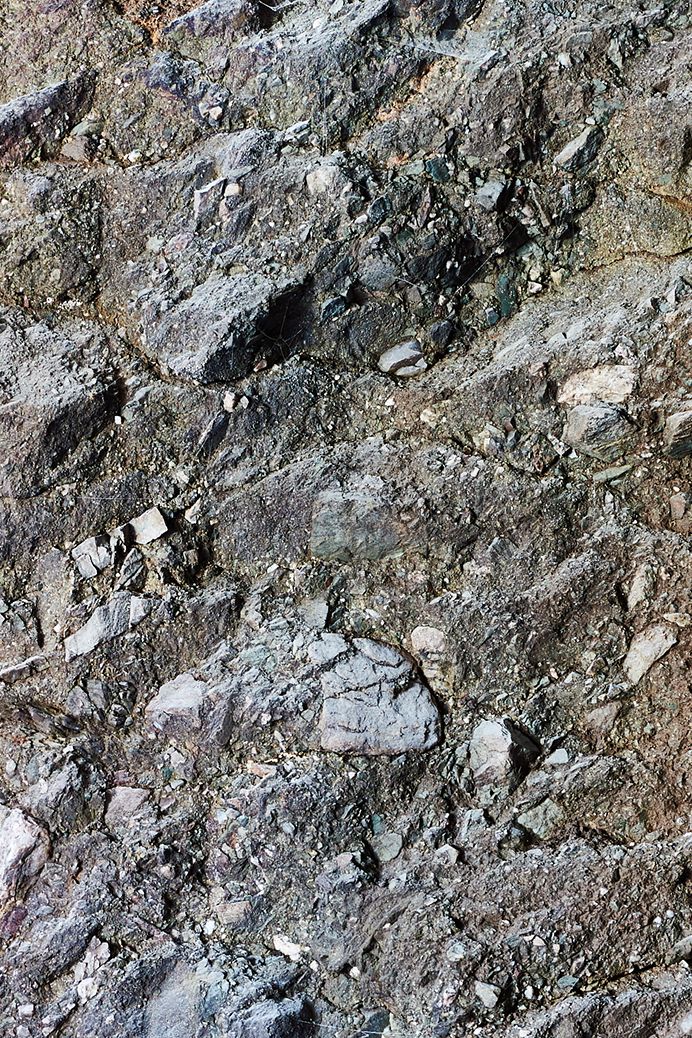Welcome to the VDP.Nahe
Tremendous diversity in a compact space
At just 4.149 hectares, the Nahe region can hardly be called large, yet its diversity is remarkable. Only rarely can one find this level of geological variation in the soils in such tight quarters. On the Nahe, different types of rock have risen from the depths in close proximity – with entirely different formations even within one and the same vineyard. This gives the wines a phenomenal depth and complexity. While a large part of the region is rather hilly, lovers of spectacular landscapes around Traisen get their money's worth. Here the VDP.GROSSE LAGE® BASTEI features a stand of narrow rows nestled along a red stone massif called the Rotenfels – at 200 meters the highest and steepest face between the Alps and Scandinavia.
The vineyards extend from the southern edge of the Rhenish Slate Mountains to the Nahe side valleys from Alsenz to Glan.
GEOLOGICAL DIVERSITY MEETS COOL CLIMATE
Although the Nahe wine region, with its 550 hectares of classified land, accounts for only a small proportion of the VDP's overall area under vine, it still offers a wide geological diversity. The vineyards extend from the southern edge of the Rhenish Slate Mountains to the Nahe side valleys of Alsenz and Glan. On the Lower Nahe, between Wallhausen and Bingerbrück, one finds Devonian rock such as phyllite, green slate and quartzite. In the predominant part of the Nahe region, sandstone portions of Oberrotliegend dominate the subsoil. Near Monzingen, blue and red slate are predominant. Between Bad Münster and Schloßböckelheim volcanic weathered stone is most common. The region is relatively cool – but many vineyards have a special – and significantly warmer – microclimate due to their south-southwest orientation, their protected location and the influence of the Nahe.


A model for site classification existed on the Nahe as far back as 100 years ago, based on the land tax for the respective parcels. The results were documented in 1901 in the "Nahe Vineyard Map for the Administrative District of Koblenz."
THE HISTORY OF THE VDP.NAHE
At the beginning of the 20th century, wine auctions on the Nahe were just as widespread as in the other regions near the Rhine. It is unclear now why the handful of wineries located around Bad Kreuznach did not join the VDNV in the year of its founding but rather only one year later in 1911, all under the name "Verein der Naturwein-Versteigerer an der Nahe." There are also other historical riddles such as: while wine auctions resumed on the Nahe soon after the founding of the Federal Republic, the association did not reform or become a member of the VDNV.
In its present form, the VDP.Nahe first formed in the 1970s. Without ever counting more than ten members, "the Nahe" today covers 550 hectares of the region’s absolute finest vineyards from Monzingen to the Rhine. Among the regional associations, the VDP.Nahe is the third member (along with the Mosel-Saar-Ruwer and Rheingau regions) that holds a public wine auction every autumn. Michael Prinz zu Salm-Salm (Wallhausen), the VDP.President between 1990 and 2007, played a decisive role in the upswing of quality viticulture in Germany and in the worldwide renaissance of Riesling. Prinz Salm also initiated the movement to adopt the Erste Lage site classification by the VDP.
FORMER CHAIRMANS:
1951-1990 Egon Anheuser, Bad Kreuznach
1990-1991 Michael Prinz zu Salm-Salm, Wallhausen
1991-1993 Egbert Graf von Plettenberg, Bad Kreuznach
1993-2016 Armin Diel, Burg Layen
Board of directors of the VDP.Nahe

CHAIRMAN
FRANK SCHÖNLEBER
VDP.Estate Emrich-Schönleber
Soonwaldstraße 10a
55569 Monzingen
PHONE: +49 (0) 6751 855 5159
Mail: weingut@emrich-schoenleber.de
Contact to the VDP.Nahe
OFFICE VDP.NAHE
LINDA ANSPACH
c/o VDP.Estate Emrich-Schönleber
Soonwaldstraße 10a
55569 Monzingen
PHONE: +49 (0) 6751 / 855 5159
Mail: info@vdp-nahe.de









